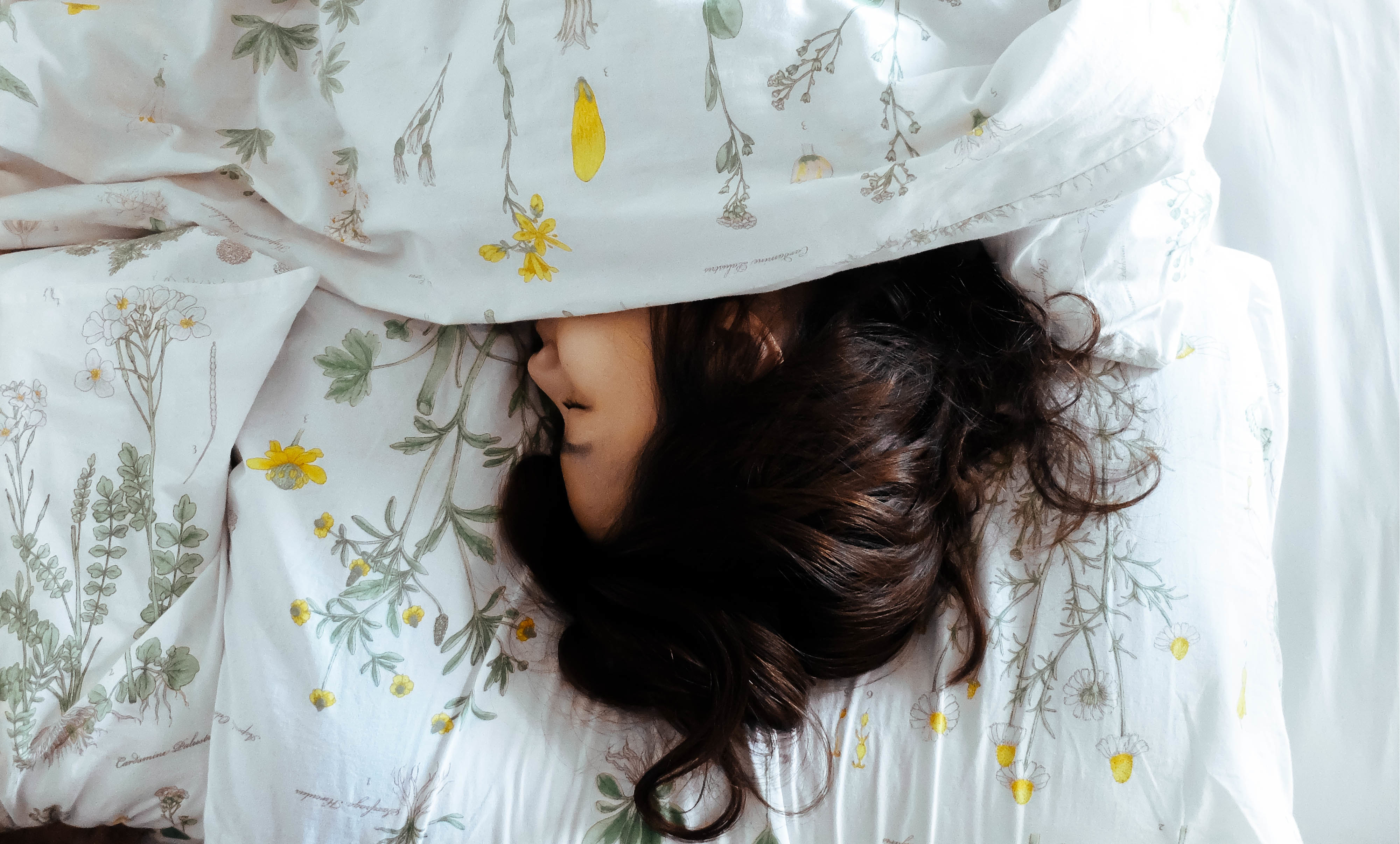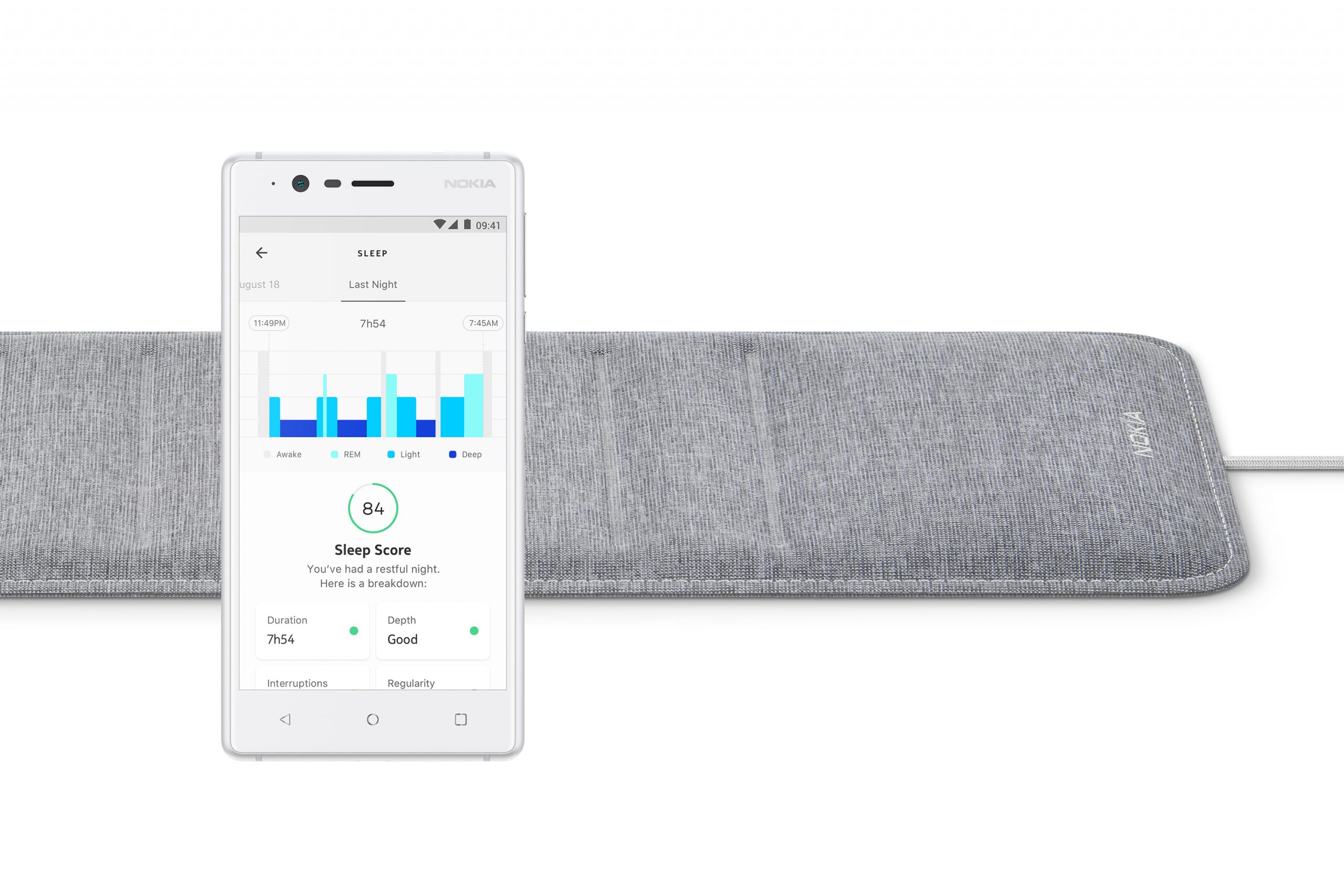
Placing the world at our fingertips, technology has provided us with incredible opportunities for outreach, education, and communication. But the misuse and overuse of technology have also come with a cost: inadequate sleep.
According to the CDC, “more than a third of American adults are not getting enough sleep on a regular basis,” and much of this sleep deprivation can be directly attributed to distractions in the bedroom.
Luckily, with the help of Sharon R. Driscoll, co-author of Sleep for Success and Scientific Manager at Weill Cornell Medicine, we’ve come up with a few tips on how to make your sleep environment a sanctuary.
1. Turn Down the Heat
Whether you use a smart thermostat or a good old-fashioned manual dial, when it comes to setting a temperature for the bedroom, cooler is definitely the way to go. “Many people,” Driscoll explains, “are surprised that a cooler bedroom is better than a warm bedroom. However, a cool bedroom environment can minimize nighttime awakenings and even decrease the likelihood of having nightmares. Most people find a comfortable sleeping temperature to be somewhere between 65 and 70 degrees.” If you do happen to have a Nest Thermostat, it can be linked with the Sleep sensor via IFTTT to automatically turn down the temperature when you get into bed.
2. Purchase the Perfect Pillow
While people spend hours picking out the perfect mattress, pillows are often tossed on the bed as an afterthought. As it turns out, making sure that you have the right pillow for your sleeping style can be hugely beneficial to getting a good night’s sleep. According to Sharon R. Driscoll, “not all pillows are created equal,” and “the pillow you choose is very important.”
When it comes to making sure you pick out the correct pillow, she points out that “many pillows are designed for a specific sleeping position: side sleepers, back sleepers, and stomach sleepers.” For example, “Side sleeper pillows are thicker than other pillow times in order to accommodate the space between your shoulder and neck when laying on your side.” Ultimately, you’ll know your pillow height is right for you because “your head, neck, and spine should all be in a straight line.”
3. Keep the Bedroom Dark
In an article from last year, Lights Out: Keep Your Bedroom Dark for Better Health, we explained how lights—including those from televisions, cellphones, and computers—can disrupt circadian rhythms and lead to poor sleep. However, in our constantly illuminated world, escaping light sources all together can be a tricky endeavor. Driscoll agrees that “the bedroom should be as dark as possible at night,” and suggests getting “blackout curtains if you have light coming into the bedroom from outside.” Additionally, she emphasizes the importance of keeping electronics out of the bedroom, as “the blue light that emits from the screens severely impacts your body’s ability to signal that it’s time to sleep.”
4. Use Sound to your Sleeping Advantage
While it’s generally suggested that you sleep in silence, sometimes noises from your surrounding environment can invade your sleeping space and keep you up at night. If this is the case, Driscoll suggests that you “purchase a white noise machine.” According to Popular Science, white noise machines work because “white noise is better noise.” In other words, because white noise is consistent and contains multiple pitches, if an outside noise invades your sleep space, the machine can help mask that noise and keep it from waking you up.
5. Use an Alarm Clock Instead of a Phone
Although it can be tempting to use the alarm on your phone, Driscoll warns against this, as even with the sound turned off, notifications from your phone can illuminate the screen and disturb your sleep. A traditional alarm clock is a better option than your phone, but there are also a few technological gadgets, like the Steel HR, which can wake you even more gently. Steel HR wakes you with a silent vibrating alarm, and you can use the Smart Wake-Up feature to set a window of time for waking up, which helps you wake at the optimal point in your sleep cycle. However, if you do opt for a traditional analogue or digital alarm clock, Driscoll advises that you “put it on the other side of the room so that you have to get out of bed to turn if off in the morning.”
Whether you’re creating a new sleeping space or just sprucing up an old one, remember: keep it dark, keep it cool, and keep it quiet. And with a little help from the right pillow and the perfect alarm clock, you’ll be sleeping soundly every night.



